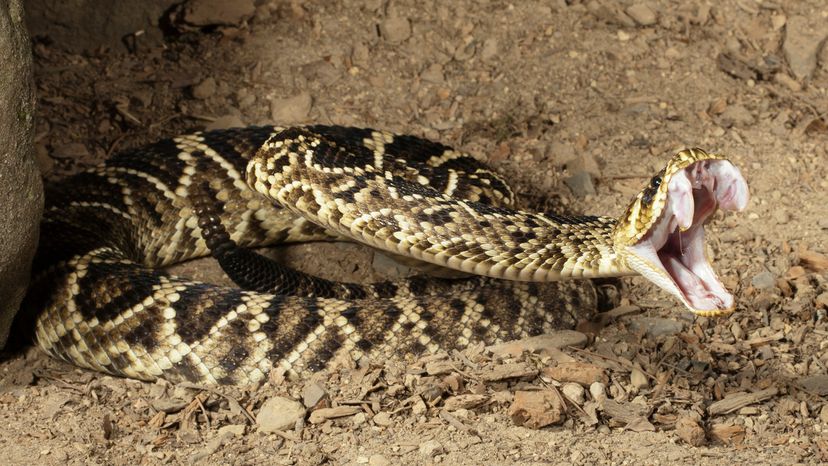
Diamondback snakes, particularly the western and eastern diamondback rattlesnakes, are some of the most iconic and recognizable venomous snakes in North America. Known for their distinctive diamond-shaped patterns and rattling tails, these snakes strike fear in many but play crucial roles in their ecosystems as both predators and prey.
Despite their fearsome reputation, the diamondback snake is generally shy and prefers to avoid humans, using its rattles as a warning rather than a prelude to attack.
Advertisement
Found in various habitats across the southern United States, diamondbacks are ambush predators, relying on their camouflage and patience to catch prey.